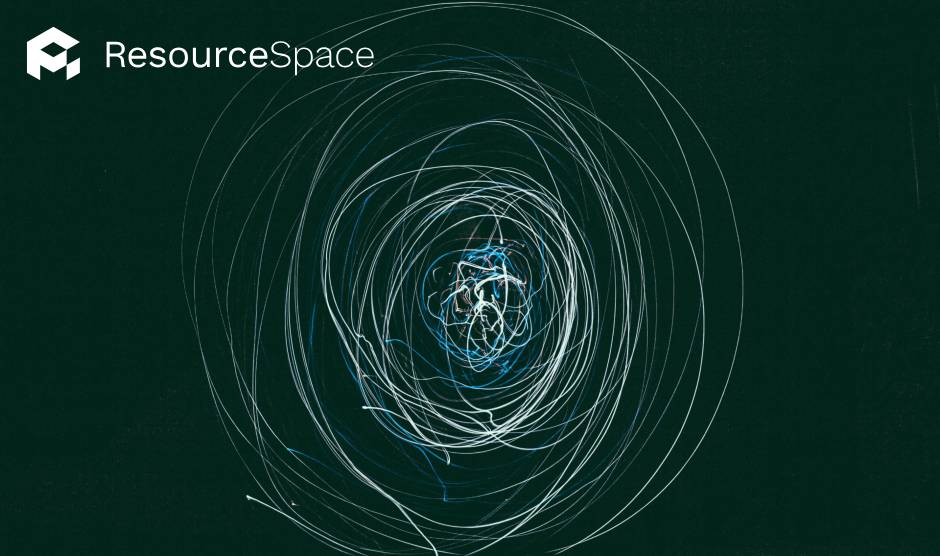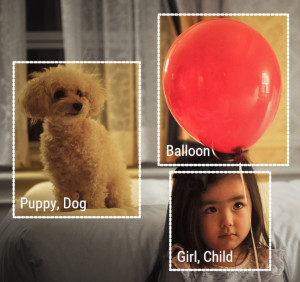
The team at ResourceSpace have been a joy to work with, helping us manage what could've been a really difficult transition every step of the way.
Blog
29th November 2023

Everyone’s talking about artificial intelligence at the moment, whether they’re excited about the opportunities it offers, or concerned about the impact it could have on people’s jobs. This month (November 2023) also saw the UK’s first AI Summit held at Bletchley Park, a location renowned for technological innovation.
‘The Bletchley Declaration’, signed by 28 countries, recognised the opportunities presented by AI, but stated that it must be developed in a way that is “human-centric, trustworthy and responsible.”
Over the last 12 months we’ve seen enormous leaps in what AI technology can do. ChatGPT for written content, for example, and stable diffusion (software like Midjourney) for image creation - AI has the power to impact every industry—and Digital Asset Management is no different.
ResourceSpace has used AI technology for a few years now, but how is our DAM platform leveraging it to make your job easier?
Metadata is at the heart of a DAM system. It’s what powers the intuitive search functionality of a DAM and how you organise your digital assets.
However, to unlock the potential of metadata, it requires a lot of tagging. Consider the image below:

There are a lot of tags that could be applied to this image: family, group, beach, sunset, children, parents, sea, clouds and so on and so on. Having to do that tagging manually, everytime you upload a new asset to your DAM, will take a huge amount of time.
To tackle this problem, ResourceSpace uses AI metadata tagging to suggest tags based on the subject of the image. For example:

The tool can identify objects, items, faces and places present in an image and suggest appropriate keywords (although the DAM user will always have the choice to disregard those suggestions).
Once ResourceSpace has ‘learned’ the faces of specific people, these can be identified by the tool too, as well as specific logos and landmarks. Identified text can also be synced to a separate field.
These metadata suggestions act as a starting point - you may want to add to them - but it saves a lot of time compared with having to do it all yourself.
ResourceSpace integrates with OpenAI’s GPT language model, allowing the DAM to process text in an input field and automatically produce a result in an output field. This functionality could be used to translate English text into another language or create compelling marketing copy from the inputted text, for example.

Another powerful use case for automated metadata processing is the removal of personal or sensitive information from an asset, and then embedding it back into the asset as alt text. For example, ‘Joan, 67, was playing tennis with her grandchildren Tom and Kate’ is converted to ‘Elderly woman playing tennis with two children’.
The GPT integration now supports image processing too which means you can tell GPT what results to produce directly from the image that’s being uploaded.
For example, you could ask it to ‘Create a description of this image’, with GPT analysing the contents of the image and creating a suitable summary of what it depicts, ‘extract a list of keywords’ is another useful one but there are almost no limits on the type of prompt and the metadata that can be processed.
Currently, there’s a limit of 100 requests per day imposed by OpenAI, but this will be revised once the functionality is rolled out to their standard GPT-4 model.
We’ve got more exciting developments planned for ResourceSpace that will leverage artificial intelligence technology, so stay tuned for future updates on our blog and our product roadmap.
Alternatively, request a free demo to see the DAM in action, or request your free ResourceSpace instance below to get started today.
#AI
#ArtificialIntelligence
#Metadata
#ImageRecognition
#Automation
#Efficiency
#Innovation
#AIinDAM
#AItechnology
#ResourceSpaceTips
#ProductUpdates